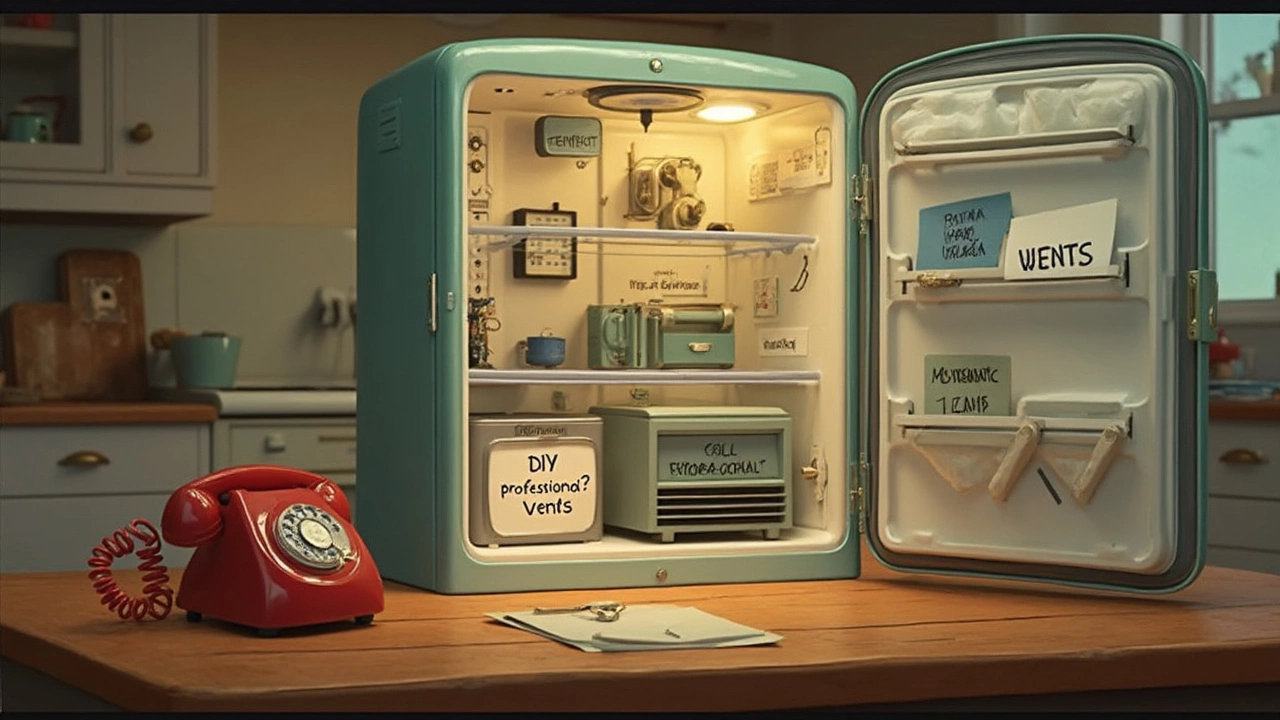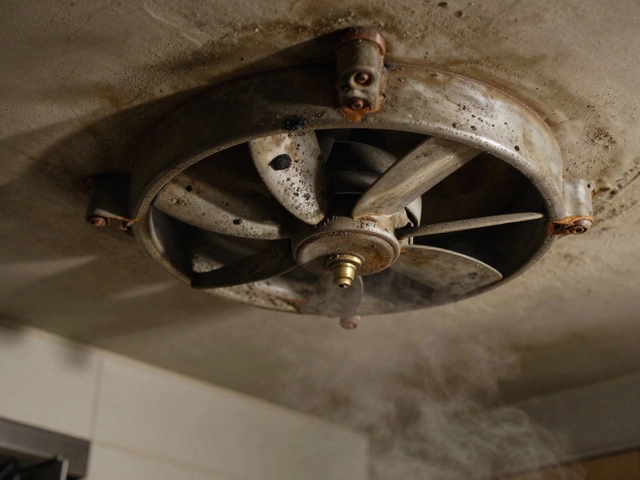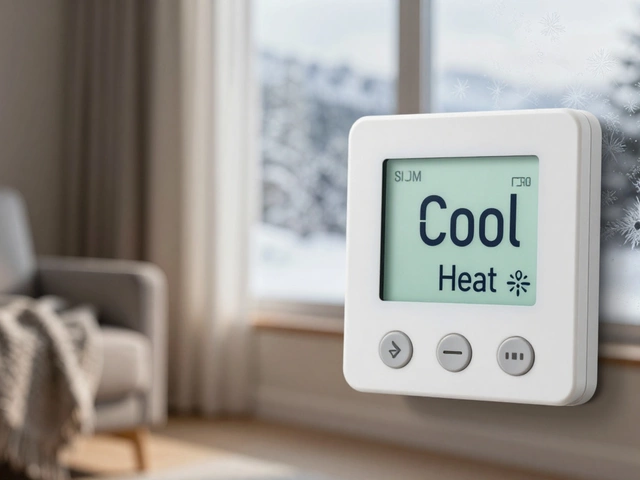Cooling Issues – Common Appliance Problems and Fixes
When dealing with Cooling Issues, troubles where appliances fail to keep food or drinks at the right temperature. Also called temperature problems, they can spoil meals, raise energy bills, and cause a lot of frustration. Understanding why they happen is the first step to fixing them.
Key Players in Temperature Trouble
Most cooling issues stem from three main culprits. A Freezer, the appliance that keeps food frozen (also known as a frost freezer), often loses its chill because of a faulty thermostat, clogged condenser, or a broken defrost timer. A Refrigerator, the kitchen unit that maintains cool temperatures for fresh food (commonly called a fridge), can suffer from door seal leaks, low refrigerant, or a malfunctioning evaporator fan. Finally, the Ice Maker, the component that creates ice cubes inside the freezer (sometimes referred to as an ice dispenser), often gets stuck due to water inlet issues or a frozen mold.
These three entities are tightly linked: a freezer that can't maintain -18°C will often cause the ice maker to stop, and a refrigerator with a weak cooling cycle can make the freezer work harder, leading to higher electricity use. In short, cooling issues encompass freezer problems, refrigerator malfunctions influence household energy consumption, and ice maker failures are a symptom of broader temperature loss. Knowing the chain helps you target the right fix instead of guessing.
Diagnosing the root cause usually starts with a simple check. Is the freezer door sealing tightly? Feel for warm air around the gasket or look for ice buildup on the seal. For the refrigerator, listen for the compressor and fan; a silent unit often means a failed start relay. For the ice maker, inspect the water line for kinks and verify that the fill valve opens when the cycle starts. These quick observations can tell you whether you need a DIY tweak or a professional call.
When you move to repair, the required skills differ. Fixing a freezer often means cleaning coils, testing the defrost heater, or replacing a thermostat—tasks a handy homeowner can manage with basic tools. Refrigerator repairs might involve handling refrigerant, which requires a certified technician for safety and legal reasons. Ice maker repairs usually focus on the water inlet valve and the mold thermostat, both of which are straightforward to replace if you have the right part.
Cost is another factor that ties all three together. A simple freezer coil cleaning might be free, while replacing a freezer thermostat can run £80‑£120. Refrigerator compressor replacement often exceeds £300, and professional ice maker service typically sits around £70‑£100. We see the same pattern in our article collection: free‑zer repair costs, fridge repair vs replacement analysis, and detailed guides on fixing ice makers that don’t produce cubes.
Beyond the hardware, maintenance habits play a big role in preventing future cooling issues. Regularly defrost manual freezers, keep condenser coils dust‑free, and avoid over‑loading the fridge so airflow isn’t blocked. Using a fridge thermometer can alert you early if temperatures drift away from 3‑5°C. For freezers, keeping the temperature at -18°C and checking the door seal every few months extends the lifespan of both the freezer and its ice maker.
Our curated posts below dive deeper into each of these areas. You'll find step‑by‑step troubleshooting for a freezer that stopped making ice, cost breakdowns for fridge repairs, and expert tips on why ovens sometimes overheat—another angle of cooling issues that affects kitchen safety. Whether you're a DIY enthusiast or looking to call a local Warwick appliance repair pro, the guides give you clear, actionable advice.
Ready to tackle the specific problem that's bothering you? Browse the articles underneath to see real‑world examples, pricing insights, and hands‑on fixes that match the cooling issue you’re facing right now.
If your fridge has stopped cooling even though the light still turns on, it can be a bit puzzling. This issue might arise from various factors including blocked vents, faulty evaporator fans, or thermostat troubles. Learn how to troubleshoot these issues with practical tips and straightforward information. Understanding the root of the problem can help you decide whether a simple DIY fix is possible or if it's time to call a professional. Don't let a warm fridge spoil your groceries, get informed now!


